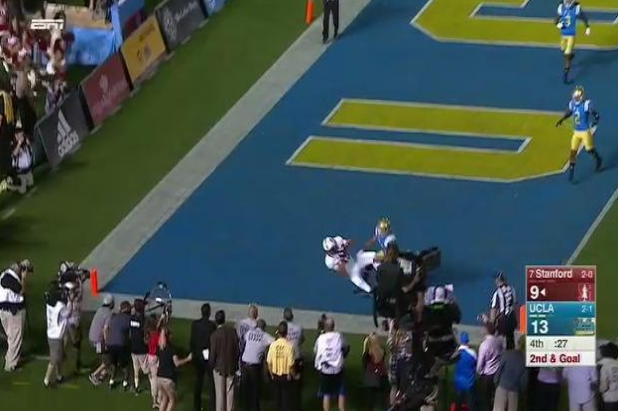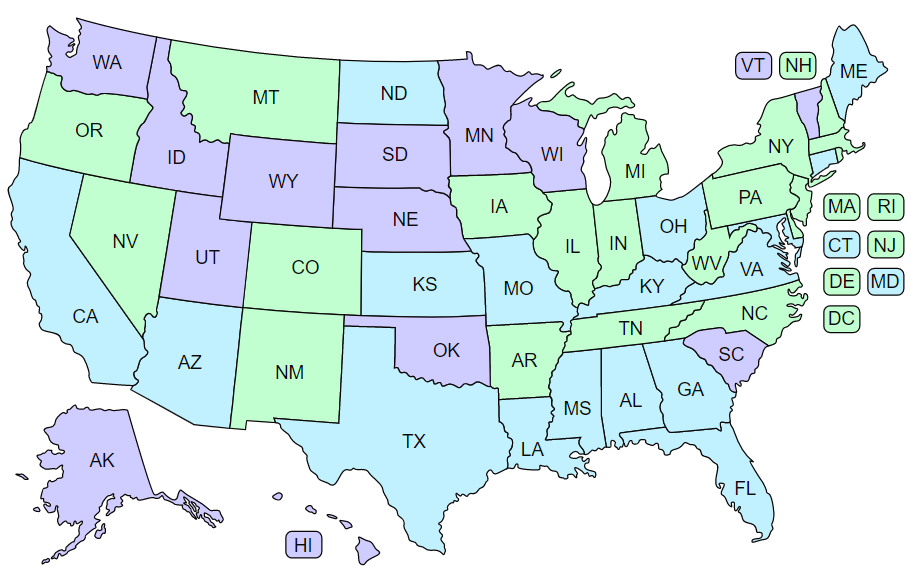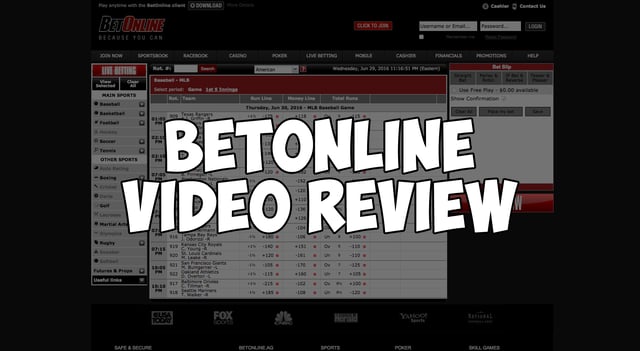Unit sizing made easy
Understanding how much money you should be betting is a crucial part to successful sportsbetting. Wagering too large will lead to the draining of your funds, and wagering too small can leave you not taking it serious enough. They wrote a fairy tale about that… Goldilocks. I could make a bad pun but I figure we should get on with the article.
[gap height=”10″]
Defining your bankroll
The best way to define one’s bankroll is the money you have set aside strictly for gambling. You never want to develop the habit of betting with money you cannot afford to lose. Not only is this dangerous for obvious reasons, but it also affects the way you will approach the work you put in. Individuals who wager amounts of money that scare them will be more inclined to deviate from proper procedure in order to bet on events they believe are easier to digest. This will typically lead to a higher percentage of wagers on the favorite for spread-betting, and on the over for total-betting. It is crucial to stick with a well-defined approach in order to become a successful sportsbettor, thus eliminating these obstacles early on in your career will be preferential.
Everybody has different expenses. I have always been a firm believer that you should always have at least one-years worth of expenses saved in your bank account in the event that issues arise with your employment. Account for rent/mortgage, utilities, groceries, transportation, leisure, and other recurring payments, as well as maintaining a small emergency fund. After you have accounted for a year’s worth of iterations, you will be able to set aside your gambling funds.
You will not be putting all of this money in your sportsbook account at once! I personally recommend keeping 5-10% of your balance in each of your betting site accounts. For the remaining funds, I highly recommend opening up a separate checking account with your bank. It might seem silly and trivial to some, but the small monthly fee will be absolutely worth developing proper betting habits.
[gap height=”10″]
The Beginner’s Approach
There are two distinct ways of deciding how much money you should be risking on your wagers. Both of these approaches are fine, and while I will call label one as beginner and the other as advanced, preference between them will be determined by your betting style. The first approach that we will be looking at is for individuals who are not using math models to make their picks. This will evidently include all newcomers, as well as some experienced gamblers as well.
If you do a quick search online, you will find that most people recommend risking 1-5% of your bankroll on your wagers. I could not disagree more. I have a hard time believing that someone who is not mathematically calculating their edge can be confident enough to say they believe one play has five-times the market value over another. If this were the case, you are either lying having too low standards for your minimum play. Stay far away from the people who suggest thing.
Instead, we recommend a much simpler system. Risk 1% each game. No more, no less. This means that if you have allocated $10,000 into your bankroll (via the method described in the previous section), then you will be betting $100 per game. Now this does not seem sexy, and the temptation to wager larger amounts on markets you believe can’t lose will be present. Believe me, I get it. But for someone starting off who does not understand yet fully understand the betting markets it is far too dangerous to trust yourself to grade one edge multiple-times greater than another.
As you become more knowledgable, you can increase your range to a maximum of 2%. Every gambler I’ve ever known has wanted to increase their betting size after their first winning week. I would suggest no deviations from the 1% system until you have completed a full season of wagering for a given sport.
[gap height=”10″]
A Quick Lesson On Edge
I will go into far greater detail on market advantage in other articles. The beginner’s approach is generally for individuals who make their picks without using projections that yield actual numerical quantification for what your edge is. To describe things in a few sentences, the lines you can bet on at your sportsbook are not directly based on probability of occurrence. They are skewed based on perception. If you were to line a game “fairly”, so that both teams cover the spread as close to 50% of the time as possible, or the total comes in evenly to each side. Bets would obviously not come in evenly, as the vast majority of people would favor one side of a market over another even if both had a 50% chance of winning.
Now if they knew that more than 50% of people would be betting on a market that would hit 50% of the time, then they could theoretically make that side of the game worse to bet on. This will allow them to control how many people are betting on each side of a game. Now by favoring that team by more, or modifying the total, they will be able to reduce the amount of people taking a certain side of a market, as well as giving them worse expected value (since they are receiving the same payout, but with a worse win percentage).
Now while one of the biggest misconceptions amongst beginners is that games are set based on probability (which I have de-bunked), it is also a large misconception amongst “people-who-know-what-they-are-talking-about” that sportsbooks set their lines to attract an even amount of action to both sides of the game all the time. While there are times when a sportsbook will do this, you absolutely cannot rule out the possibility of a sportsbook taking a position on a game. If they could get a large portion of the bets on the side of a game that is at a disadvantage (so a team favored by more points than they should be), then they will gladly take that on instead of aiming for a full balance.
All of this to say that when you identify that there is a margin between
[gap height=”10″]
The Advanced Approach
This approach is generally recommended for individuals who use math models to calculate their edge. This means that you use all of the stats and numbers available to you to attempt to compute what the true winning percentages, spreads, and totals of all games are. Then you will compare the prices of the current betting markets (what you can wager on at the sportsbook). Those with the biggest discrepancies are the ones you need to bet on.
The difference between the beginner and the advanced approach is that the beginner simply attempted to identify which market sides had an advantage, and wagered a fixed amount with each one. Now that we have a numerical system that tells us if one game has more of an advantage of another, we can justify making larger bets.
This introduces the Kelly Criterion. A calculation method that tells you how much of your bankroll you should risk for a given market edge. The reason I do not recommend beginners do this is because an incorrect edge calculation can request for a large risk. Improper work will lead to your bankroll’s demise. Here is the formula taken from Wikipedia:
[gap height=”10″]

[gap height=”10″]
[gap height=”10″]
[gap height=”10″]
[gap height=”10″]













